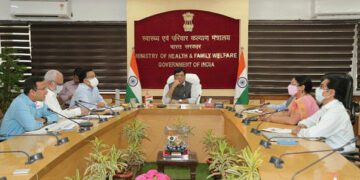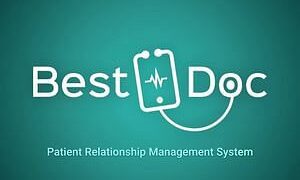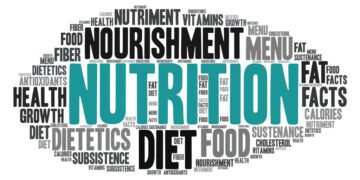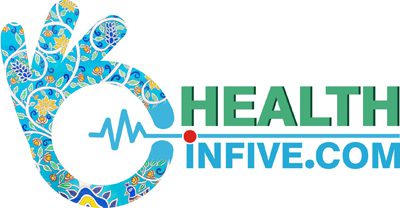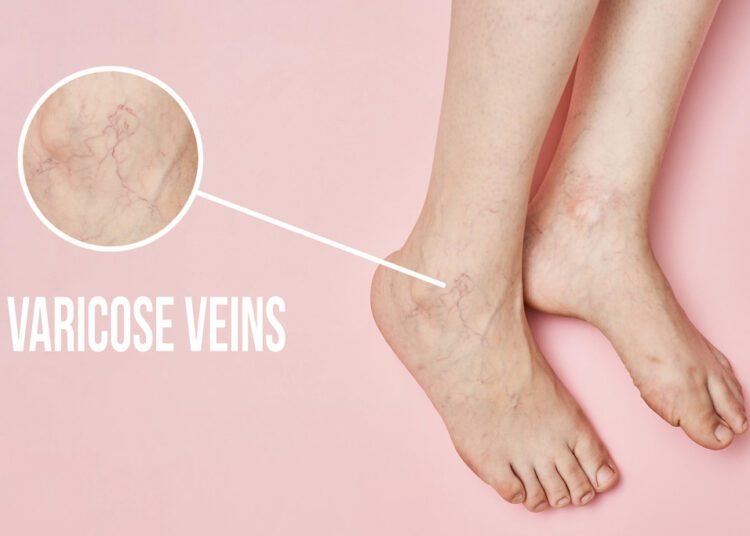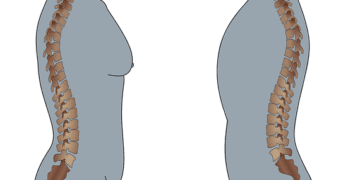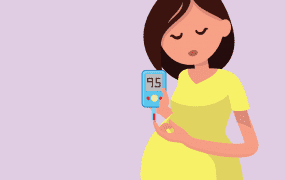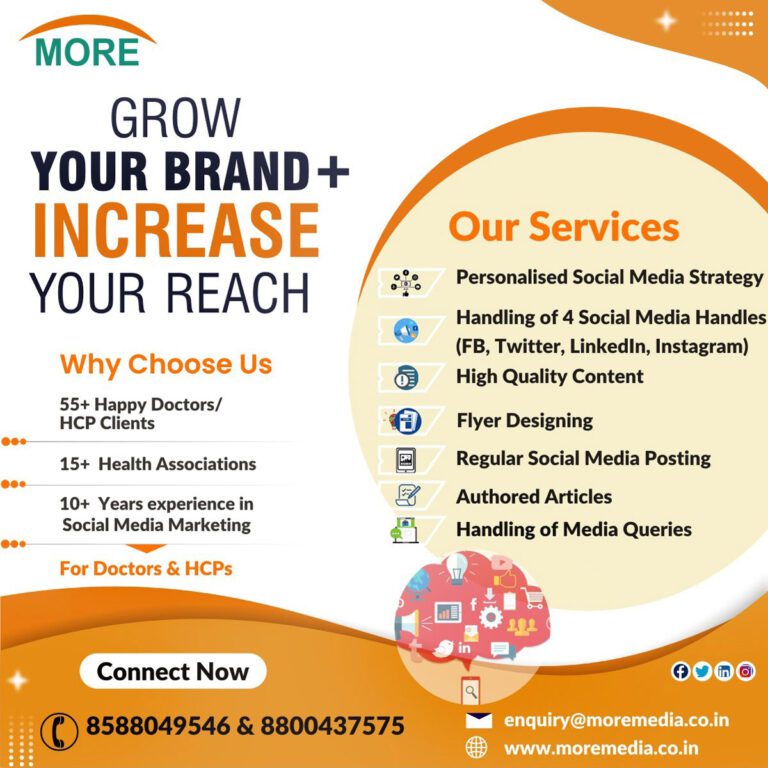Dr Sunny Agarwal
If you’ve ever performed a set of challenging back squats, you’ve probably noticed that your legs’ veins appear more apparent immediately afterwards. You can deduce that lifting contributes to varicose veins, which are veins that protrude out (more on that below). Does lifting, however, genuinely result in varicose veins?
This does not mean that you should completely stop working out. If you’re worried that certain movements may make your varicose veins worse, all you need to do is be aware of them.
How do Varicose Veins occur?
Because they are larger in size or have a deeper colour, varicose veins are visible through your skin. This blood accumulates because of issues with your valves, which causes the veins to change colour or enlarge.
But let’s go back and discuss blood flow first. One crucial function of your veins is to transport blood from your extremities back to your heart. Your veins’ valves assist blood battle gravity by shutting to prevent blood from flowing back down to your legs and feet when they are functioning properly.
However, when those valves are malfunctioning (a condition known as venous reflux), the blood can return downhill, allowing for the pooling that results in those noticeable varicose veins.
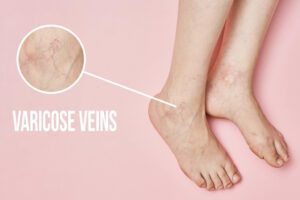
Does exercise improve or worsen Varicose Veins?
Exercise is beneficial for vascular health, but certain types of exercise, such as high-impact activities like jogging or HIIT-style workouts, may be quite taxing on your legs. Exercise can put even more strain on your veins, aggravating symptoms of varicose veins including weariness, pains, cramps, and a heavy feeling in your legs.
Weightlifting may place a lot of strain on your abdomen and the veins in your legs, especially if you’re lifting high weights and holding your breath. Although weightlifting doesn’t create varicose veins, there is a chance that it might do more harm than good if you lift too much, don’t utilise the appropriate technique, or don’t breathe properly.
If you have Varicose Veins, should you stop exercising?
Despite this, we constantly advise patients to keep up their exercise regimens since the advantages greatly exceed the hazards. Exercise has a number of vein-healthy advantages, including the following if you already have varicose veins:
- Improved calf muscles (which helps your veins carry blood back to your heart)
- Better circulation (and general support for your cardiovascular system)
- Decreased possibility of getting new varicose veins
- More pronounced muscular tone
Exercise might also assist you in maintaining a healthy weight. According to studies, being overweight can worsen vein problems, raise the pressure in the veins in the feet, and impair venous function. Exercise helps prevent the consequences of obesity-related vein problems since it can help you maintain a healthy weight (or reduce weight if necessary). Exercise can also improve your mood, lessen the intensity of your pain, and improve your quality of sleep.
Some of the signs of varicose veins are:
- Itching around the veins
- Pain or heaviness in the legs
- Cramps in legs
- Thinning or dry skin
- Swollen veins
- Remember that vascular swelling is normal during a workout. If the swelling doesn’t go away, there could be a varicose vein development.
Here are a few ways gym goers can avoid varicose veins
To maintain the blood flowing properly, mix up your training programme and add some aerobic workouts.
- For leg training, alternate between standing and sitting.
- Elevate your legs after working out.
- Don’t add more weights until you’re completely prepared for the extra burden.
- Drink lots of water during the day.
- Do not practise on hard surfaces.
- Put on compression socks.
Takeaway
If you already have varicose veins, you might want to change your exercise routine. None of these activities can prevent varicose veins or treat your pre-existing varicose vein problems, despite the fact that specific diets and workouts can assist to lower the risk of varicose veins. If done properly, a healthy diet and reasonable exercise will help you feel better and reduce your discomfort.
The writer is Laparoscopic and laser surgeon, Fortune Clinic
Subscribe on WhatsApp & Telegram to receive real time updates
Follow Health In Five on LinkedIn, Facebook, Twitter & Instagram





